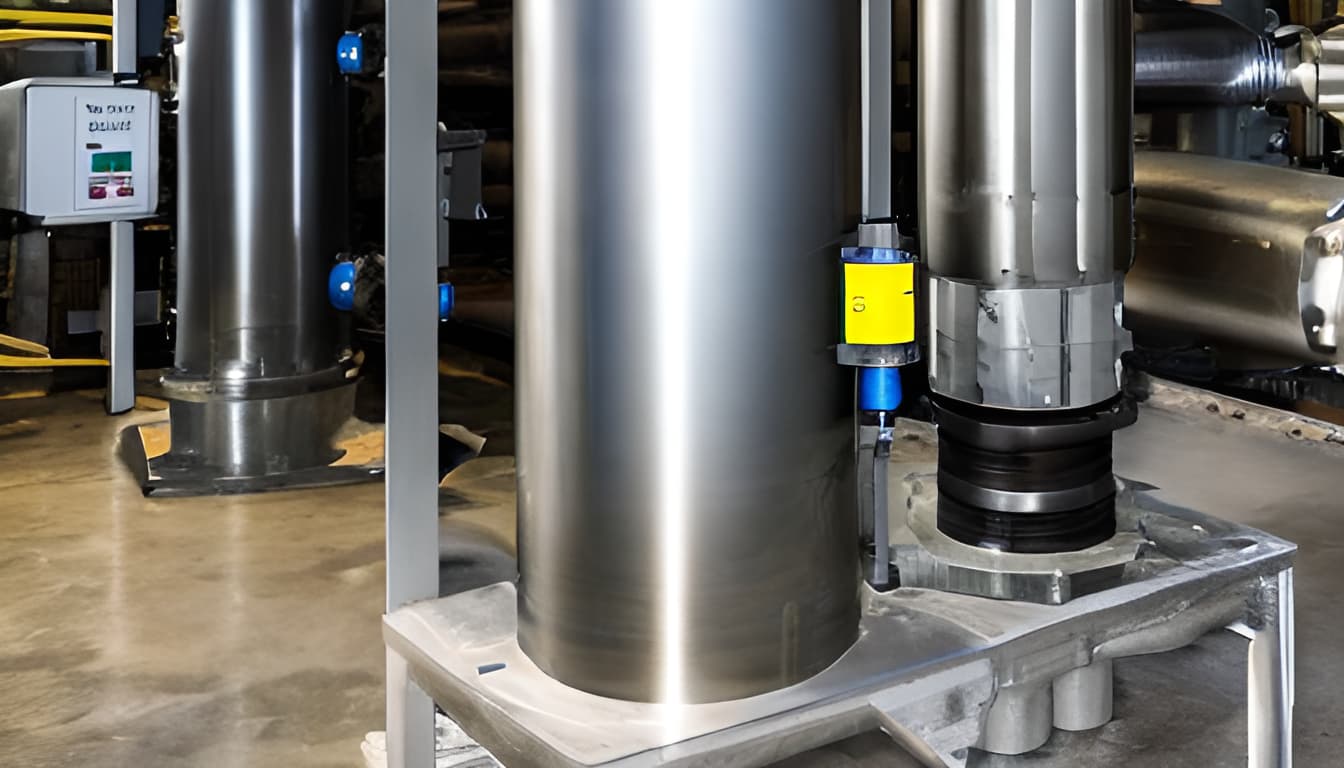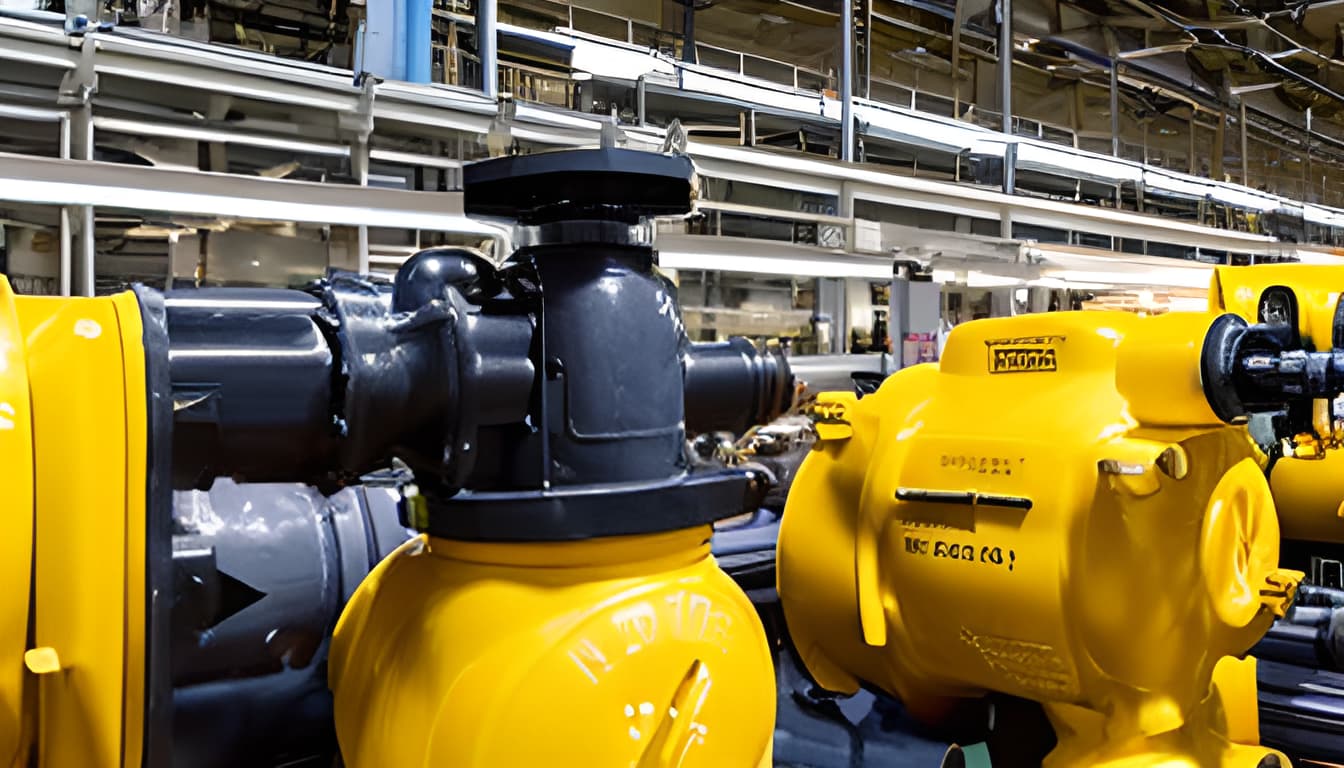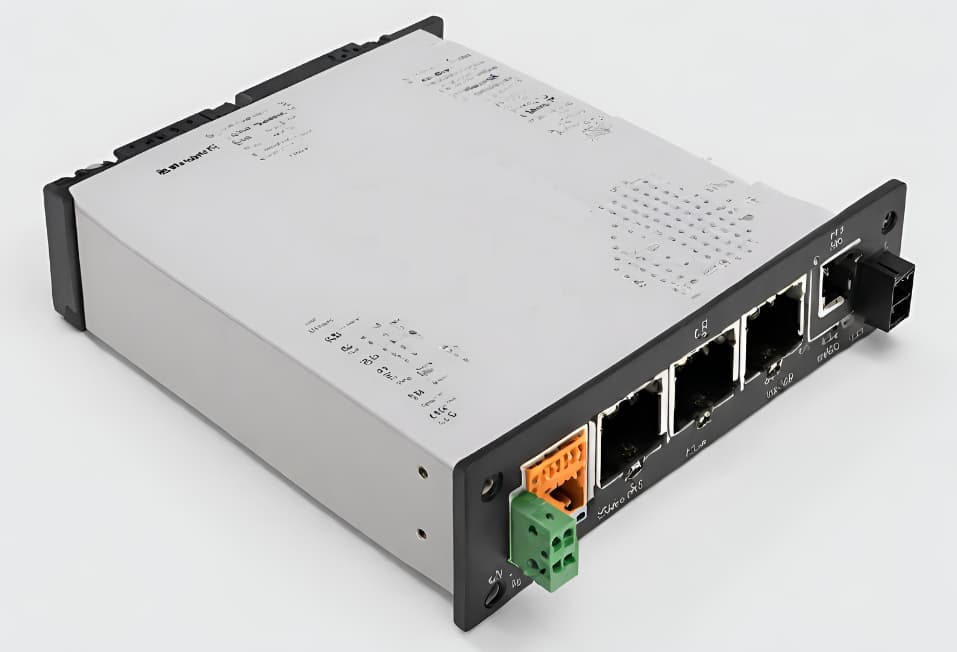The ability to precisely regulate fluid flow is at the core of countless industrial operations, and Belimo control valves have historically been the workhorses in this regard. However, as industries evolve and demand greater efficiency and automation, the role of control valves has evolved as well. Enter the era of smart control valves sophisticated, intelligent devices that are revolutionizing industrial automation and efficiency.
The Evolution of Control Valves
Traditionally, control valves have played a vital role in regulating the flow of fluids in industrial processes. They have been essential for adjusting the flow rates of liquids and gases to meet specific requirements. However, as industries have grown in complexity and the need for precision has increased, traditional control valves have faced limitations. Complex processes, varying conditions, and the need for real-time adjustments have necessitated a new breed of control valves smart control valves.
Smart control valves are not just an incremental improvement over their conventional counterparts; they represent a significant leap in technological advancement. These advanced valves incorporate cutting-edge technologies such as sensors, communication protocols, and data analytics capabilities. They possess the intelligence to adapt to changing process conditions, making rapid decisions to optimize performance. Unlike traditional valves, smart control valves are not merely passive regulators; they are active participants in the industrial ecosystem.
Benefits of Smart Control Valves
The adoption of smart Hayward flow control valves brings a myriad of benefits to industrial processes, making them a strategic investment for various sectors. Let’s delve into some of the most prominent advantages:
Enhanced Automation: Smart control valves enable a higher level of automation in industrial processes. They can dynamically adjust flow rates, respond to changing conditions, and even make real-time decisions without human intervention. This enhanced automation translates to improved process efficiency, reduced energy consumption, and minimized downtime.
Data-Driven Decision-Making: These intelligent valves have the capability to collect and analyze data in real-time. This means that industries can gather valuable insights into their processes and make data-driven decisions. For instance, a manufacturing facility can use data from smart control valves to adjust production rates in response to real-time market demand, optimizing both efficiency and resource utilization.
Predictive Maintenance: Smart control valves are equipped with predictive maintenance capabilities. They can monitor their own performance and detect signs of wear or malfunction. This enables proactive maintenance, reducing unplanned downtime and extending the lifespan of critical equipment.
Self-Diagnostics: These valves possess self-diagnostic features that allow them to identify and report issues before they become critical. This early detection can prevent costly breakdowns and minimize disruptions to production.
Remote Monitoring and Control: Perhaps one of the most revolutionary features of smart control valves is the ability to monitor and control them remotely. Operators can manage processes from afar, making adjustments and responding to issues in real-time. This level of remote control enhances operational flexibility and efficiency.
Applications of Smart Control Valves
The versatility of smart control valves makes them suitable for a wide range of industries and applications. Here are some examples of how these valves are transforming various sectors:
Manufacturing: In the manufacturing sector, smart control valves enable adaptive production processes. They can respond to changing demand by adjusting flow rates and process parameters in real-time. This agility enhances production efficiency and reduces waste.
Oil and Gas: In the oil and gas industry, smart control valves play a crucial role in refining and distribution processes. They can optimize the flow of various fluids, improving overall efficiency and safety.
Water Treatment: Water treatment plants utilize smart control valves to optimize chemical dosing for purification. These valves ensure precise and efficient treatment processes, resulting in clean and safe water for communities.
Pharmaceuticals: In pharmaceutical manufacturing, precision is paramount. Smart control valves maintain stringent control over the flow of ingredients, ensuring the quality and consistency of pharmaceutical products.
Chemical Processing: Chemical plants benefit from the automation and precise control provided by smart control valves. These valves contribute to safer and more efficient chemical processes.
Challenges and Considerations
While the advantages of smart control valves are clear, their implementation does come with challenges:
Initial Costs: The upfront costs of acquiring and implementing smart control valves can be a barrier for some industries. However, it’s essential to consider the long-term benefits and return on investment.
Cybersecurity: With remote monitoring and control capabilities, smart control valves introduce cybersecurity concerns. Protecting these systems from cyber threats is crucial to safeguarding industrial processes.
Skilled Personnel: Managing and maintaining smart control valve systems requires skilled personnel who are familiar with the technology. Investing in training and expertise is essential for successful implementation.
The Future of Industrial Automation with Smart Control Valves
As we look ahead, the future of industrial automation appears promising with smart control valves at the forefront. These devices align seamlessly with the concepts of Industry 4.0 and the Industrial Internet of Things (IIoT). As automation and connectivity continue to evolve, smart control valves will play a pivotal role in optimizing processes, reducing costs, and enhancing sustainability. The potential for increased automation, efficiency, and competitiveness in industrial processes is vast.
Conclusion
In conclusion, smart control valves represent more than just a technological leap; they signify a transformation in the way industries regulate fluid flow. These valves are no longer passive devices but active participants in the industrial landscape. The benefits they offer, from enhanced automation to real-time data analytics, are game-changers. As industries seek greater efficiency, precision, and sustainability, smart control valves are poised to lead the way, ensuring that the flow of productivity remains steady and reliable in the modern industrial world.



